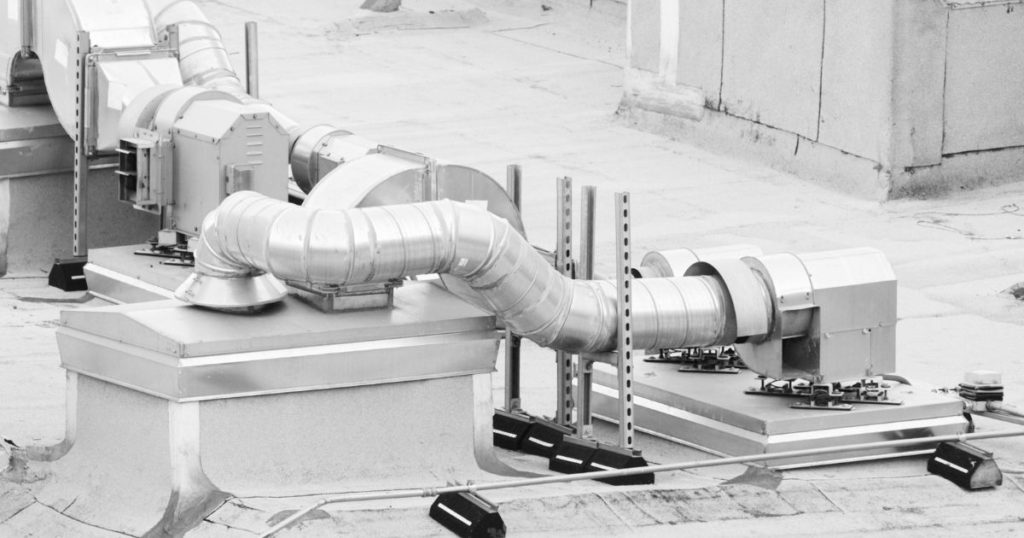What is industrial ventilation?
Industrial ventilation means bringing in fresh outdoor air. Ventilation also helps control the environment by using airflow.
Types of ventilation
The types of ventilation are as follows:
General or dilution ventilation:
This type of ventilation controls airborne contaminants and removes fumes, dust, and vapours. This type of ventilation supplies and exhausts large quantities of air from a building. The MEP consultants recommend this system to improve the air quality. As a result, the factory has a healthy and safe working environment. General ventilation can be achieved naturally (windows, louvres) or mechanically by fans, blowers, etc. Moreover, dilution ventilation is limited to containing contaminants in situations where pollutants are not high, moderate toxicity, the contaminants emission rate is uniform or workers are not near the source.
Local Exhaust Ventilation (LEV):
Local exhaust ventilation collects the contaminants at the source. It is useful in industries that have processes producing concentrated contaminants like welding, chemical mixing, or grinding. The Local exhaust ventilation system consists of hoods, ductwork, and exhaust fans that capture and transport contaminants.
Exhaust Fans and Mechanical Ventilation:
These exhaust systems use mechanical fans to create a negative pressure zone to remove contaminants. Moreover, these systems are common in large industrial spaces.
Process Ventilation:
These systems are designed to meet specific manufacturing or industrial process needs, such as spray paint booths and foundries.
Natural Ventilation:
They rely on passive airflow, such as wind and temperature differences.
Make-up Air Systems:
These ventilation systems supply conditioned outdoor air and replace the air exhausted by mechanical ventilation systems. Additionaly, this process helps maintain a balanced airflow.
Combustion Air Systems:
Combustion air systems provide the necessary air for combustion and ensure safety by preventing flammable gas accumulation.
Clean Room Ventilation:
Clean rooms need controlled and filtered air to maintain specific cleanliness and contamination levels.
Heat Recovery Ventilation (HRV):
These systems work on capturing heat and transferring the heat between outgoing and incoming air streams.
Pressurization Systems:
These systems control contaminants by creating positive or negative pressure within areas or rooms.
Are industrial ventilation systems needed?
Industrial ventilation systems cause air to move out and bring in a specific amount of air at a particular speed, resulting in the removal of contaminants. Furthermore, the HVAC consultants design the ventilation system as per the process requirements and remove the contaminants. Also, ventilation helps control the exposure to contaminants released by a process into the air. Hence, MEP consultants recommend it in industries. However, contaminants can also be removed/ reduced by
- Eliminating the use of hazardous products
- Substituting with less hazardous products
- Change in process and/or work practice
Purpose of ventilation:
The four main purposes of ventilation are as follows:
- Ventilation provides a continuous supply of fresh outside air.
- It helps remove or dilute airborne contaminants.
- It reduces potential fire or explosion hazards.
- It helps maintain an ambient temperature and humidity.
Conclusion
To conclude, HVAC consultants design the industrial ventilation systems based on the project and process requirements.












